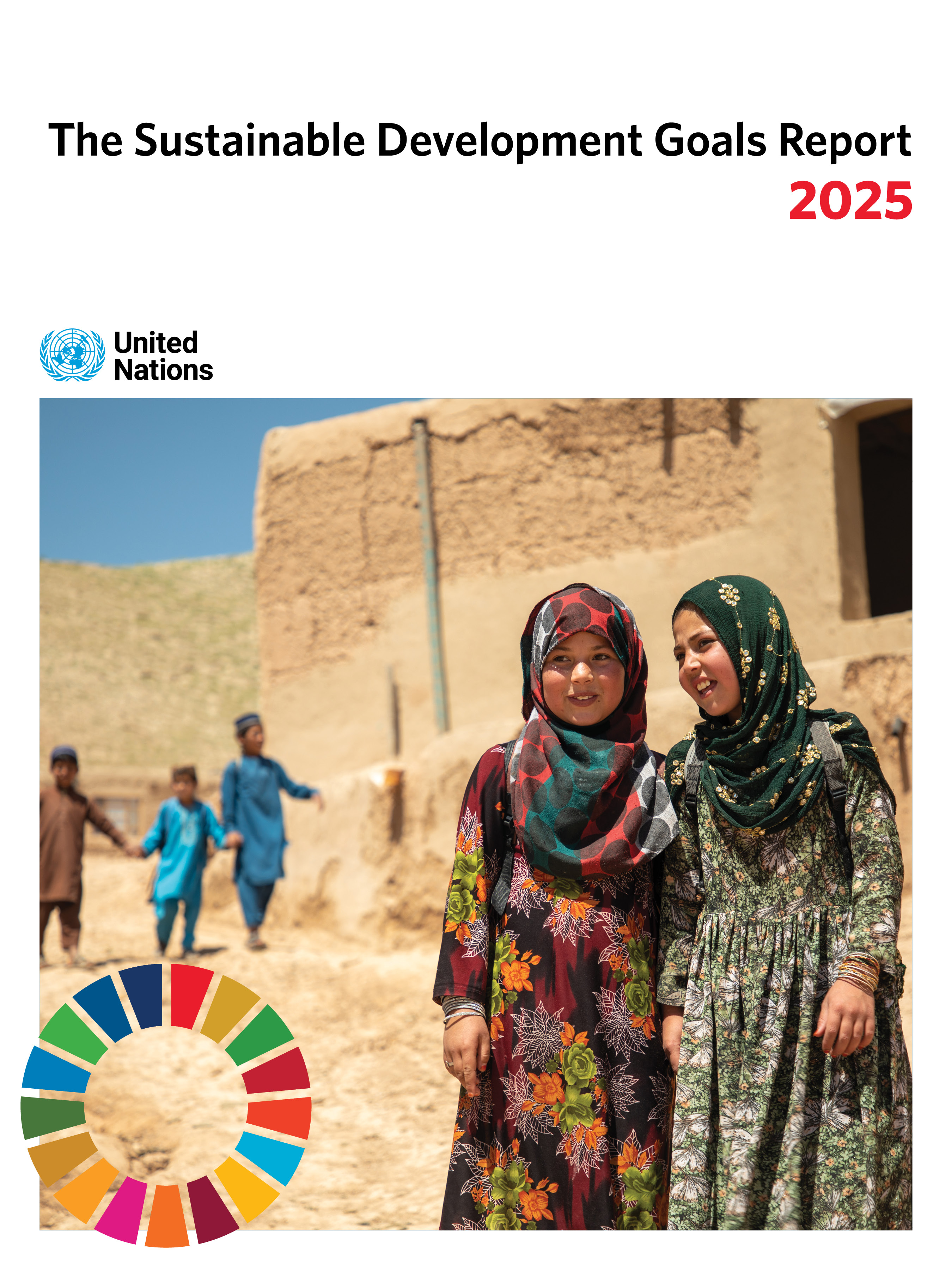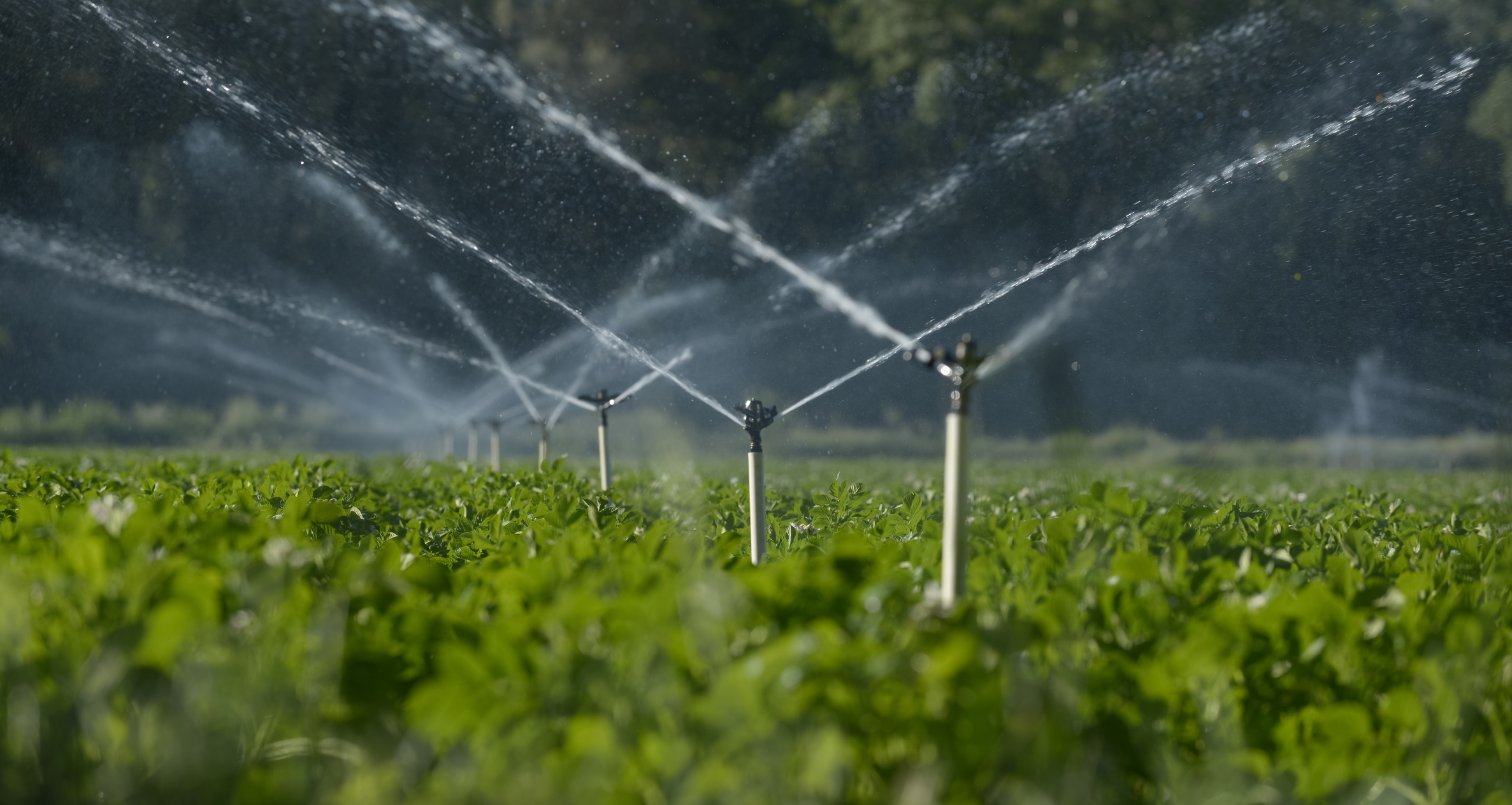%20iStock-1319465259.jpg)
news update
Five Years to Go: The Latest Numbers on the Sustainable Development Goals and How Businesses can Accelerate their Progress
With only five years remaining to reach the 2030 deadline, the world risks falling behind on the promise to achieve the Sustainable Development Goals (SDGs). The latest report from the United Nations on the progress of the SDGs reveals that only 35 per cent of assessed targets are on track or making moderate progress. Nearly half show little to no improvement, while 18 per cent have fallen below the 2015 baseline. Now, more than ever, is the time to act and make the SDGs a reality.
Progress has not only stagnated; in some areas, it is also reversing
2024 was the hottest year ever recorded, with global temperatures reaching 1.55°C above pre-industrial levels. Climate-related displacement reached a 16-year high. Food insecurity is on the rise, economic volatility persists, and almost half the world, more than 3.8 billion people, are without basic social protection benefits, such as healthcare, unemployment support or pensions, leaving them more vulnerable to shocks.

These challenges demand urgent, bold and coordinated action. With the capital, scale and influence, companies can help shift the global trajectory by closing gender and wage gaps, advancing climate resilience and financing sustainable growth.
The Forward Faster initiative of the UN Global Compact identifies five areas of action where companies are best positioned to make progress: gender equality, climate action, living wages, water resilience and finance and investment. These areas are critical enablers for all 17 SDGs, which are not only urgent but also areas where companies can set clear, measurable targets. It’s time for business to turn purpose into performance and help move the world forward. The figures from the latest SDG report indicate what is at stake, and where business can lead.
Is the gender gap here to stay?
Women continue to hold just 28 per cent of managerial positions worldwide, a slow climb of 2.4 percentage points since 2015. At this pace, gender parity in leadership could take another century. On top of that, women continue to take on nearly three times more unpaid care work than men, limiting their participation in the formal economy.

Business can and must help close this gap. By embedding equal pay policies, cultivating inclusive leadership pipelines and investing in care infrastructure and parental leave, companies can unlock greater innovation, improve retention and tap into a more diverse talent pool.
High emission, higher stakes
Global greenhouse gas emissions hit a record 57.1 gigatons in 2023. To keep 1.5°C within reach, emissions must fall by 7.5 per cent per year through 2035.

Aligning with science-based targets and national climate policies is no longer optional. It is a strategic move to stay competitive, reduce exposure to risk and meet growing stakeholder expectations.
At the same time, fossil fuel subsidies remain elevated at $1.1 trillion — nearly triple 2020 levels. Redirecting capital toward clean energy, climate-smart technologies and early warning systems is a responsible and smart practice. These investments strengthen operational resilience, protect supply chains and enhance long-term value for shareholders.
The path to net zero is not only about managing compliance. It is a business imperative to innovate, build trust and future-proof growth in an economy shaped by climate change.
Working poverty persists, but living wages can change that
Despite a global decline in working poverty, over 240 million people still live on less than $2.15 a day. In least developed countries, nearly one in three workers earn below the poverty line. Real wages fell in more than 80 per cent of countries in 2022, hitting low- and lower-middle-income economies hardest. Meanwhile, youth unemployment remains nearly triple the adult rate, which could threaten future talent pipelines.
Low pay is a business risk. It weakens supply chains, fuels instability and undermines resilience. Instead, paying a living wage results in lower staff turnover and absenteeism, stronger employee motivation and productivity and better talent attraction and retention. Importantly, it signals a company’s commitment to human rights and inclusive growth.
Water stress is a growing risk for business
More than two billion people still lack safe drinking water, while one in four countries face high water stress — where demand exceeds supply or water is too polluted to use. Agriculture, industry and service sectors drive most global freshwater withdrawals, yet they are also the most exposed to water-related disruptions.

Just 56 per cent of domestic wastewater is safely treated. Meanwhile, shrinking rivers and lakes, driven by climate change and poor water management, have disrupted water access for over 93 million people. Without urgent action, the world could face a 40 per cent gap between water supply and demand by 2030.
Businesses that reduce water consumption, invest in watershed stewardship and support nature-based solutions can mitigate operational risk, build stakeholder trust and advance the UN-recognised human right to water. Embedding water resilience into core business strategy is also a smart long-term investment.
Capital is not flowing where it’s needed
Developing countries face an annual shortfall of $4 trillion to meet the SDGs. In 2023, total resource flows reached just $429 billion, with 60 per cent coming from official development assistance. At the same time, that assistance declined by 7.1 per cent, even as debt servicing costs surged to a record $1.4 trillion. This has left many governments with little fiscal space to invest in health, infrastructure and poverty reduction.

Private capital is key to closing the gap. From sustainable bonds to blended finance and inclusive trade, aligning investment with impact is essential.
Still, capital often fails to reach where it’s needed most. The least developed countries account for just 1.1 per cent of global merchandise exports. Directing investment to underserved markets can help reduce risk, open pathways to new markets and build trust with communities.
Time is running out. Business must decide to either stay the course or help change it
Continuing on the current path risks mounting instability — from climate shocks to financial volatility — and the failure to meet global goals. Changing course means making bold moves and integrating sustainability into strategy, finance and supply chains.
More than 2,000 companies across 160 countries have already joined the Forward Faster initiative of the UN Global Compact. They have committed to concrete action on gender equality, climate resilience, living wages, water stewardship and sustainable finance.
The framework is here. The urgency is real. And the next move is yours.
Companies that act now won’t just shape the market. They will shape the future.
→ Explore the United Nations’ Sustainable Development Goals Report 2025.
→ Set your company’s targets. Join Forward Faster.

